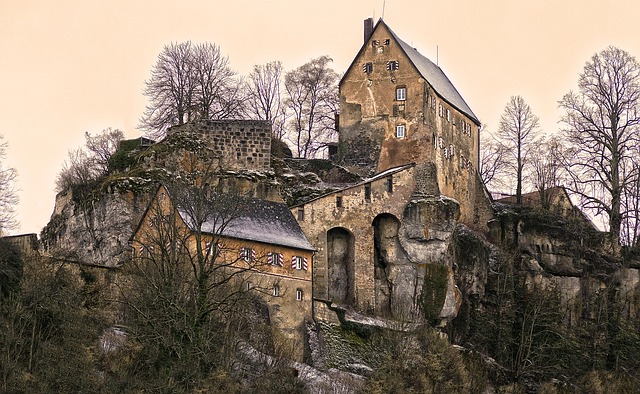Preserving the Past: Artistic Designs for the Protection of Historical Buildings
The historical buildings that grace our cities are not merely structures; they are vibrant canvases painted with the stories of our past. As we walk among them, we become witness to the artistry, craftsmanship, and enduring spirit of generations gone by. The protection of historical buildings is of paramount importance, for they embody a unique artistic design that connects us to our cultural heritage.
Art has always been an essential element in expressing human emotion and experience. Within the sturdy walls of historical buildings, one can find intricate murals, breathtaking sculptures, and masterful stonework that tell stories of love, struggle, and triumph. Each brushstroke, chisel mark, and architectural choice is a reflection of the time it was created, showcasing the ingenuity and creativity of the artisans of that era.
In the realm of protection of historical buildings, modern architects and artists are embracing innovative designs to ensure that these treasures stand the test of time. It is essential to find a balance between preservation and adaptation, allowing for contemporary uses while maintaining the integrity of the original structures. This harmonious blend of the old and new offers a dynamic dialogue, breathing new life into historical places while respecting their character.
Sustainable art and design play a crucial role in this process. By utilizing eco-friendly materials and practices, architects and artists can create protective measures that enhance rather than detract from the historical significance of a building. For instance, transparent, energy-efficient glass can offer a modern twist to a time-worn facade, allowing natural light to flood the interior without obscuring the original features. This striking contrast not only serves a functional purpose but also acts as a visual tribute to the past, marrying history with modernity.
Moreover, the discussion around the protection of historical buildings is often about community involvement. Engaging local artists in restoration efforts can instill a sense of pride and ownership among residents. Community workshops and outreach programs can bring attention to the importance of these structures, fostering a collective commitment to preserving the artistry encapsulated within them. Through murals and art installations that celebrate local history, the stories of these buildings can continue to thrive in the hearts and minds of future generations.
As we navigate the challenges of preserving our historical landmarks, art and design must be at the forefront of our efforts. They provide the language through which we can communicate the value of our heritage and the emotional connection we have to it. By intertwining artistic expression with the practical aspects of restoration, we can ensure that our historical buildings not only survive but continue to inspire and educate us about our shared history.
Ultimately, the journey of protecting our historical buildings is a testament to our commitment to preserving the past while embracing the future. It is our role to carry forward the dialogue between architecture and art, ensuring that the beauty and stories contained within these structures remain alive in our communities for generations to come.




